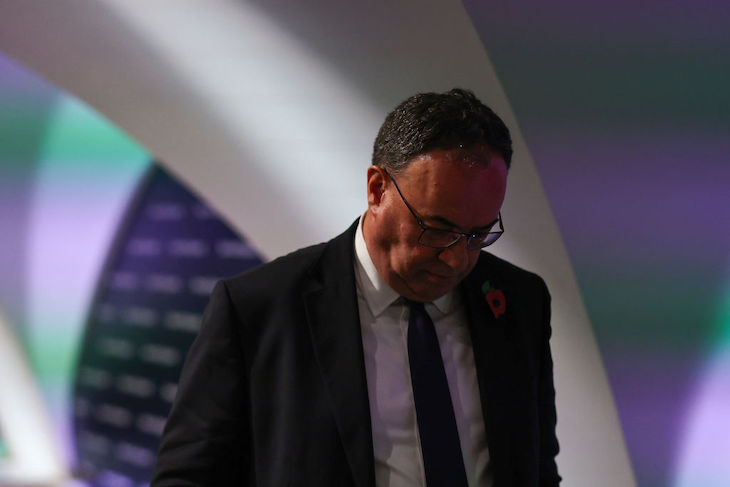The rate of inflation climbed to 3.6 per cent in June – up from 3.4 per cent in May. That’s well above the 2 per cent target that the Bank of England consistently misses. It begs the question why the Bank’s governor, Andrew Bailey, spent the weekend talking up rate cuts, when as one former Monetary Policy Committee (MPC) member put it to me recently: ‘The job is not yet done’.
This morning’s inflation figures, released by the Office for National Statistics (ONS), show much of the increase in prices was driven by motor fuel costs, but clothing and footwear, leisure activities and booze were up too. Food inflation has increased for a third month in a row to its highest level in more than a year at 4.5 per cent, the ONS said. Overall, the inflation rate came in higher than most economists had expected.
Worryingly, core inflation – which excludes energy and food – was up too, from 3.5 per cent in May to 3.7 per cent last month. This figure going up means any new inflationary period we may be experiencing is not likely to be short term.
Food inflation jumped for the third month in a row and is now at its highest level in over a year of 4.5 per cent.
Fears about the cooling labour market and job losses, caused in part by the Chancellor’s £25 billion raid on national insurance taxes, have led the Bank’s governor and MPC to suggest more rate cuts are needed soon. Markets have heard that message and are expecting rates to come down to 4 per cent when the rate-setting committee next meets in August. Today's higher than expected figure may change that.
But with inflation proving stubborn, and core prices ticking upward, it’s hard to avoid the sense that the Bank has taken its eye off the ball. Instead of focusing on its most important job – stabilising prices – it seems increasingly swayed by other considerations and gives out inconsistent message. The risk is that, in trying to please everyone, the Bank is forgetting why it exists in the first place.







Comments